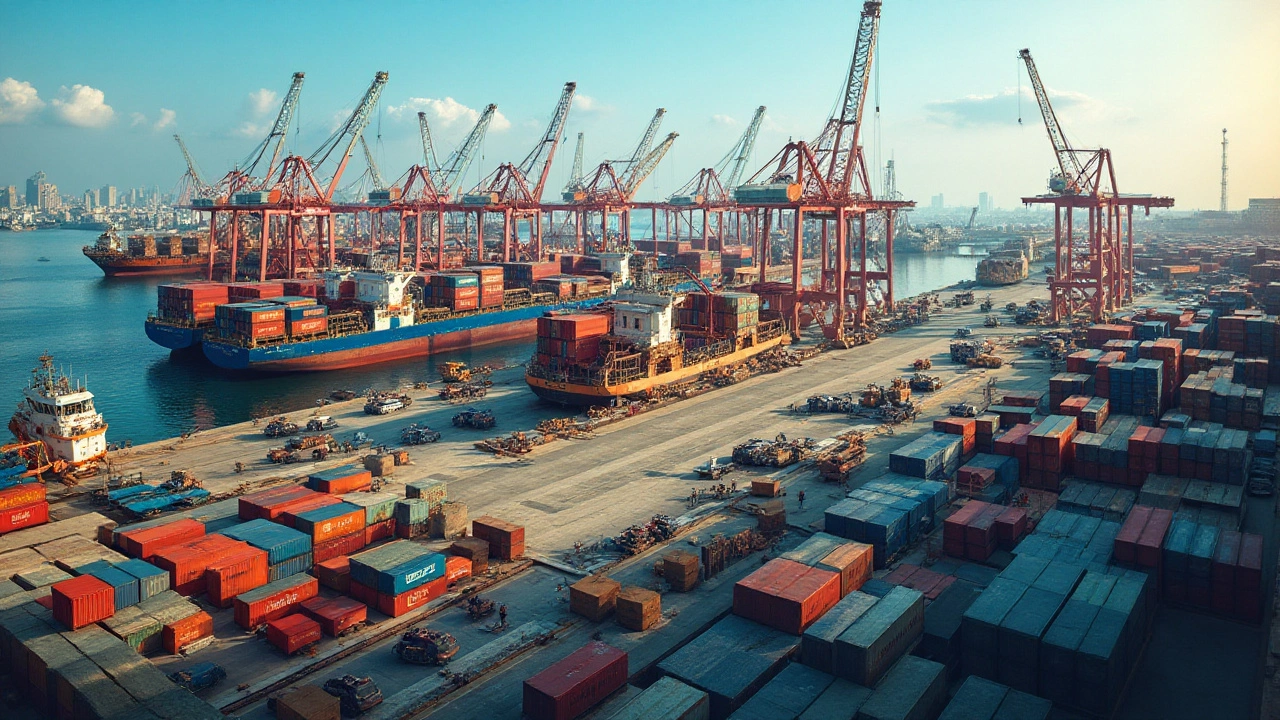Global Logistics: Practical Tips and Trends
Running a business that moves goods across borders can feel like juggling a dozen balls at once. You need to know how to price a shipment, keep track of parcels, and make sure the last mile arrives on time. This guide pulls together the most useful ideas from our recent posts so you can skip the guesswork and focus on getting things delivered.
Freight Forwarding Made Simple
Freight forwarding is the behind‑the‑scenes work that gets cargo from point A to point B. You don’t need to own a truck or a ship; you just need a partner who handles paperwork, customs, and routing. Look for forwarders who give clear cost breakdowns, so you know why each charge appears. Ask them about insurance, transit time, and how they handle delays. A good forwarder will also suggest the cheapest carrier for the weight and size of your load.
E‑Logistics and Digital Shipping
Digital tools are changing the way goods move. E‑logistics platforms let you see real‑time tracking, automate warehouse picks, and even predict the best route for a truck. When you choose a system, check if it integrates with your existing software and if the dashboard is easy to read. Simple features like barcode scanning and automated alerts can cut errors and speed up deliveries.
One common question is how courier rates are built. Prices depend on distance, weight, speed, and any extra services like insurance. Our post “How Courier Prices Are Calculated” breaks down each factor with examples you can apply right away. Use that knowledge to compare options and avoid overpaying.
If you’re handling an online store, understanding e‑commerce shipping is crucial. Pack items tightly, label clearly, and choose carriers that offer bulk discounts. The “E‑Commerce Shipping Explained” article walks you through every step from order receipt to doorstep delivery, so you won’t miss any hidden costs.
Warehouse managers often feel the pressure of tight deadlines. The key is to use a reliable Warehouse Management System (WMS). Our “Top Warehouse Management Systems” guide lists the best tools for 2025 and shows how to match features with your business size. A good WMS helps you track inventory, plan picks, and reduce the time trucks wait for loading.
Last‑mile delivery is where many shipments stumble. The “Last Mile Delivery: How Do You Handle It Like a Pro?” post gives practical hacks: route‑optimize with traffic data, give customers clear delivery windows, and use handheld devices for proof of delivery. Small tweaks here can boost customer satisfaction and cut fuel costs.
When you need fast service, know the difference between express carriers. UPS and FedEx both claim speed, but their networks differ. Our “Express Delivery: UPS or FedEx for Fast Shipping?” comparison highlights which one wins on speed, reliability, and price for typical packages.
Finally, don’t forget to set a cut‑off time for next‑day delivery. The “Cut‑Off Time for Next Day Delivery” article explains why carriers have different deadlines and how you can schedule orders early to avoid extra fees.
By applying these tips, you’ll turn a complex logistics puzzle into a smoother process. Keep this page handy, revisit the linked articles when a new challenge pops up, and watch your shipments move faster and cheaper.

